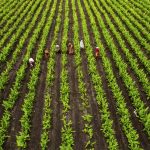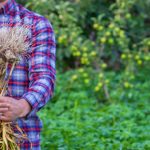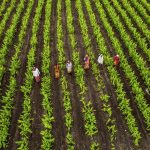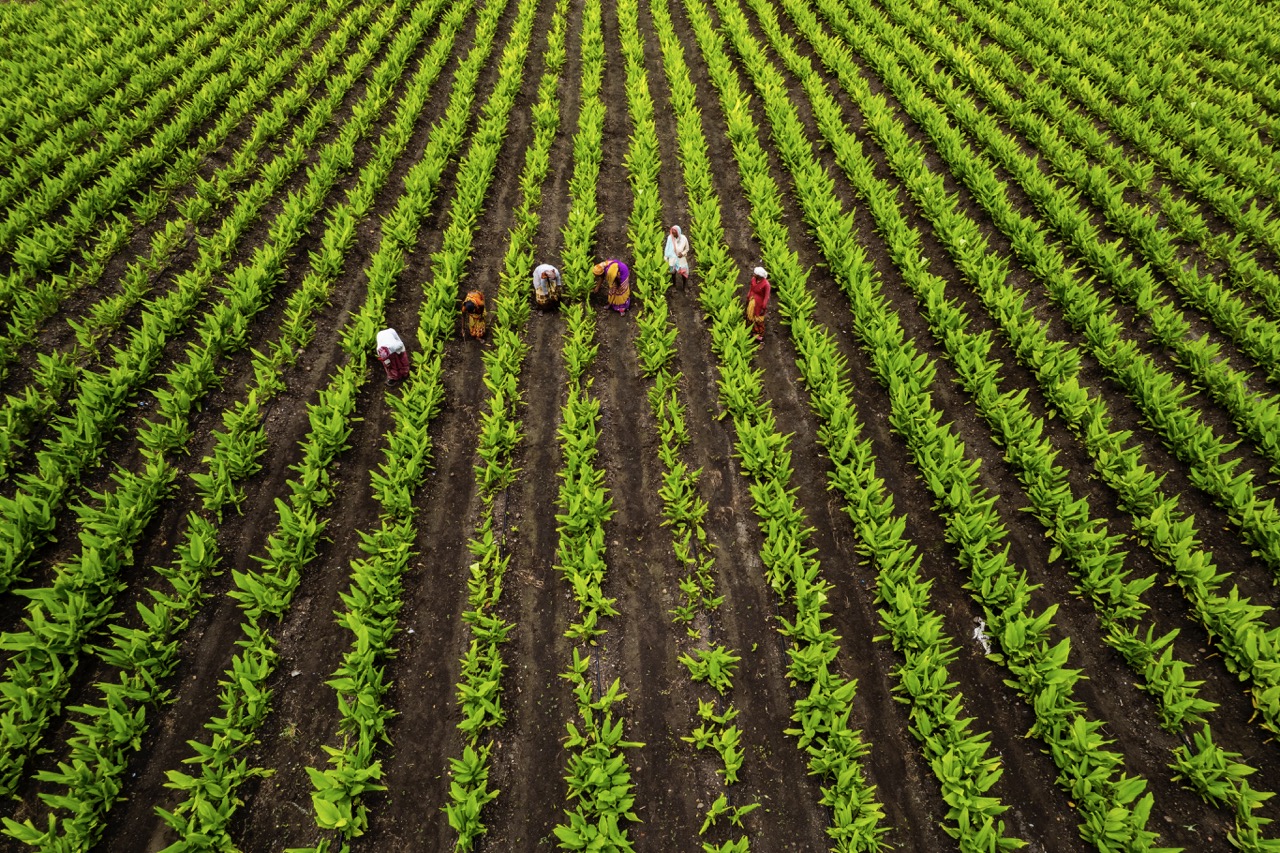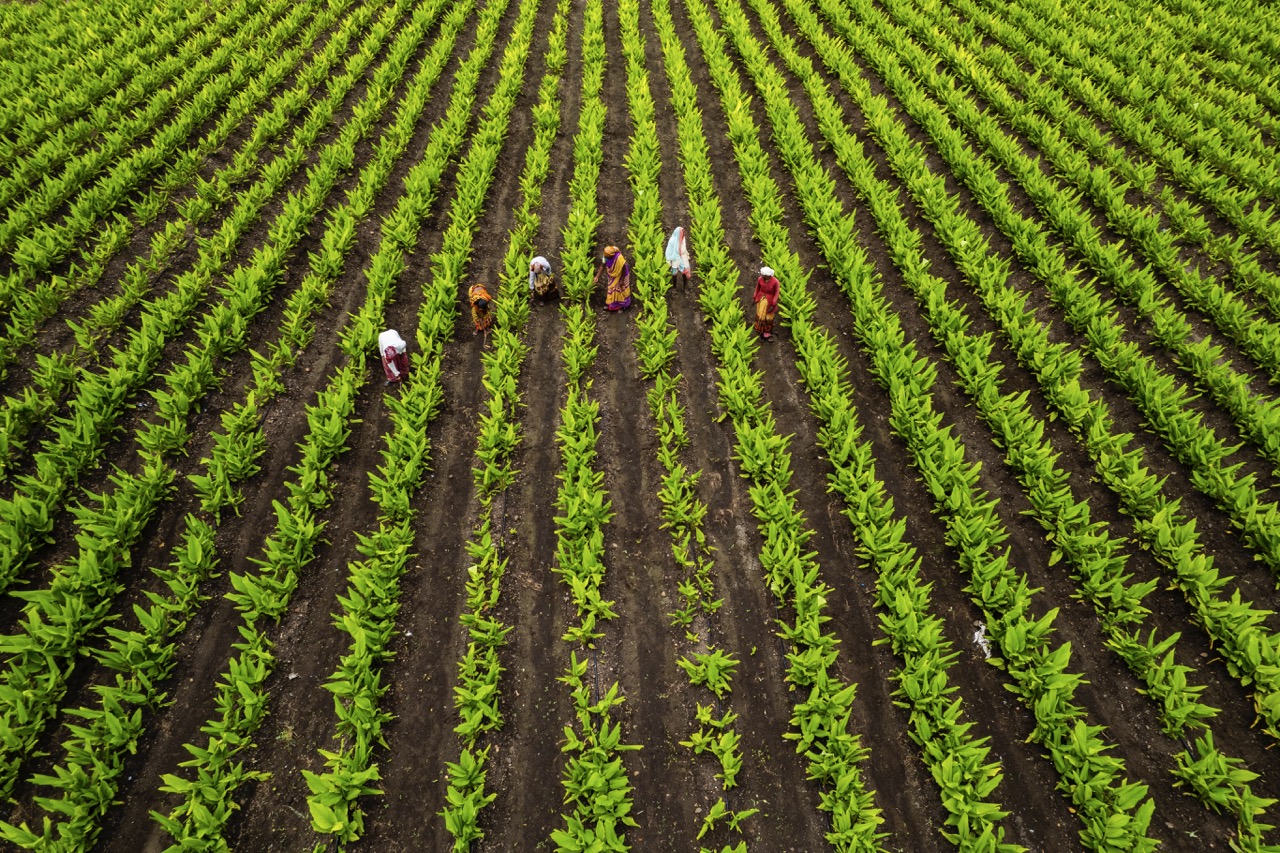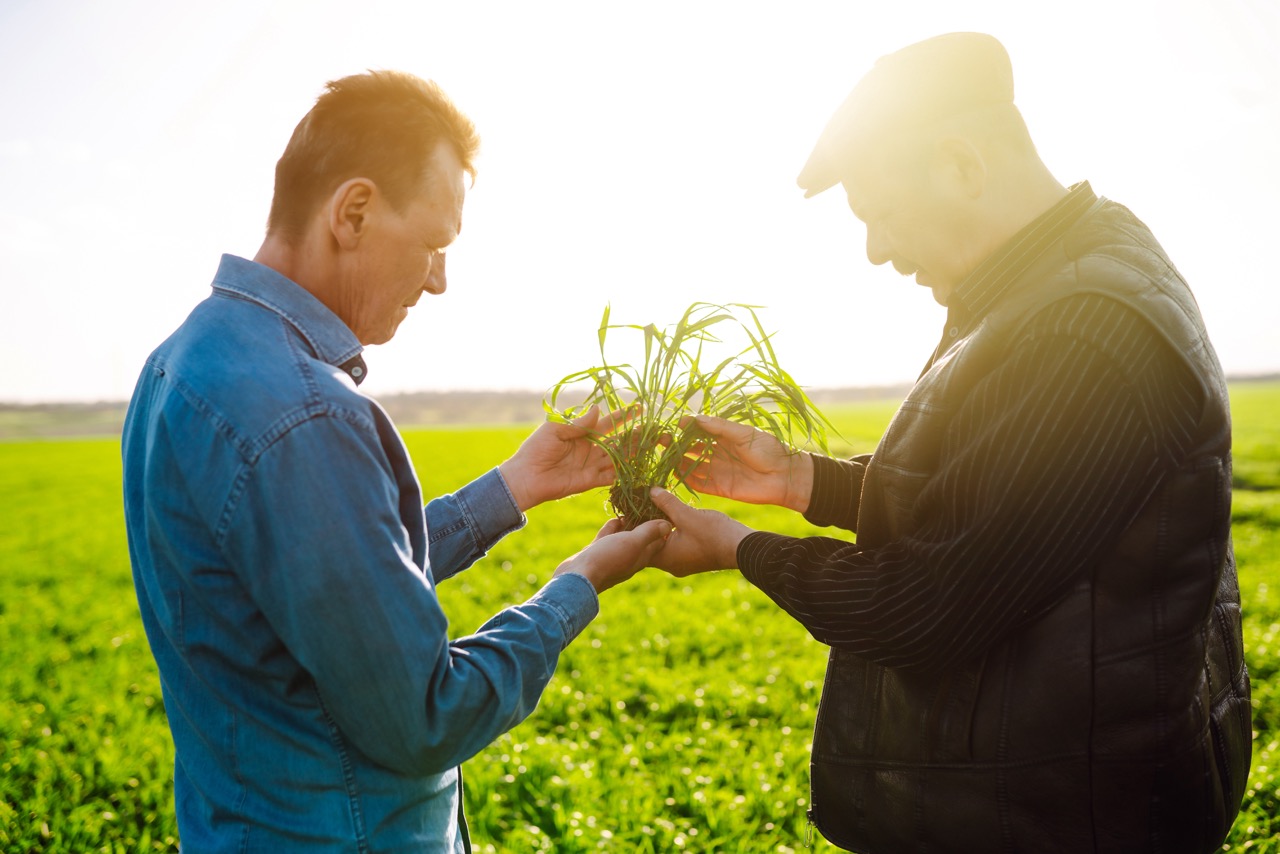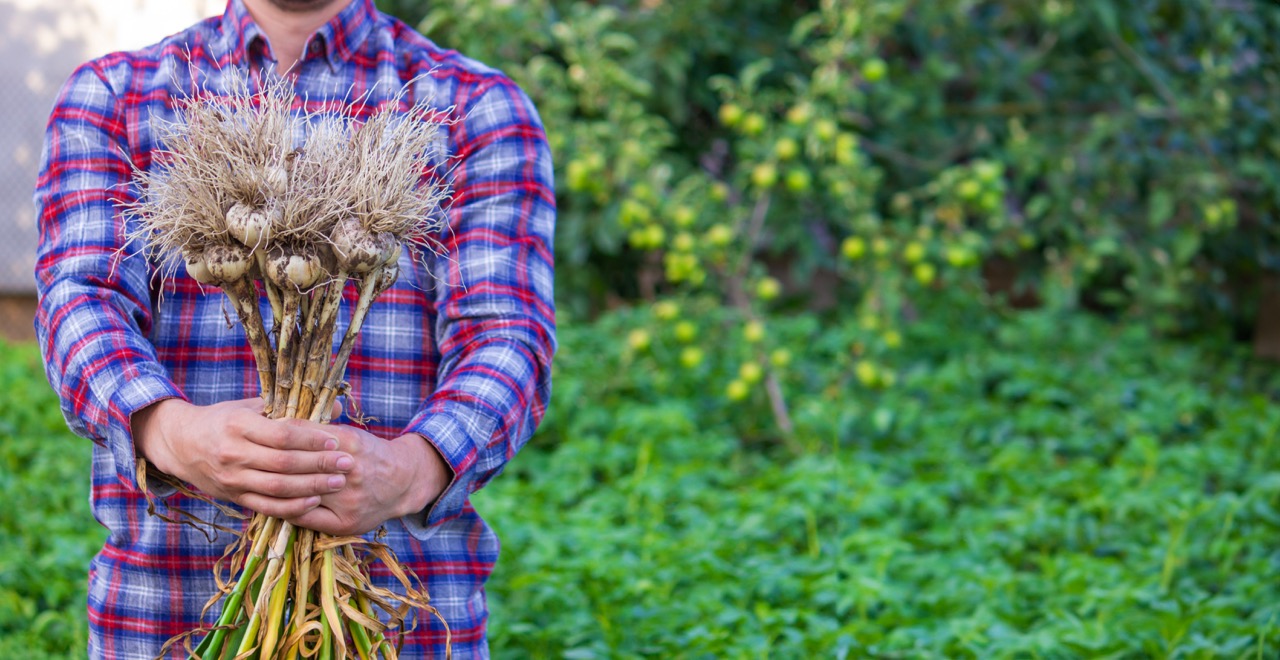Pollinators play a crucial role in the agricultural ecosystem, contributing significantly to food production and biodiversity. As the global population continues to rise, the demand for sustainable farming practices that support pollinator health is more important than ever. By creating and maintaining pollinator habitats on farms, farmers can enhance biodiversity, improve crop yields, and foster a more resilient agricultural system. This article will explore the importance of pollinator habitats, best practices for establishing effective spaces, monitoring techniques, and how to maximize crop yields through these essential partnerships.
Understanding the Importance of Pollinator Habitats on Farms
Pollinator habitats are essential for the survival of various species that contribute to pollination, including bees, butterflies, and birds. These habitats provide shelter, food, and nesting sites, which are crucial for maintaining their populations. A healthy pollinator community not only supports the growth of crops but also enhances the overall biodiversity of the farm ecosystem. Studies show that farms with diverse pollinator habitats can experience increased pollination services, leading to improved fruit set, seed production, and overall crop quality.
Additionally, the importance of pollinator habitats extends beyond the farm itself. Pollinators play a vital role in maintaining the health of wild plant communities, which helps to sustain local ecosystems. The interdependence of agricultural landscapes and natural environments means that creating pollinator habitats on farms can have far-reaching benefits for regional biodiversity. By fostering healthy pollinator populations, farmers contribute to ecological resilience and sustainability, ultimately benefiting future generations of farmers.
Moreover, the decline of pollinator populations due to habitat loss, pesticide use, and climate change has raised alarms among scientists and farmers alike. By understanding the value of pollinator habitats, farmers can take proactive steps to mitigate these challenges. The establishment of pollinator-friendly practices not only enhances agricultural productivity but also promotes environmental stewardship, making it a win-win situation for both farmers and the planet.
Best Practices for Creating Effective Pollinator Spaces
Creating effective pollinator habitats requires thoughtful planning and implementation. One of the first steps is to identify suitable areas on the farm where pollinator habitats can be established. These spaces should ideally include a diverse mix of flowering plants that bloom at different times throughout the growing season, ensuring a continuous food source for pollinators. Native plants are often the best choice, as they are adapted to local conditions and provide essential resources for local pollinator species.
Incorporating hedgerows, wildflower strips, or designated pollinator gardens into the farm landscape can greatly enhance the habitat available to pollinators. These features not only provide food and nesting sites but also create corridors for pollinators to navigate between different areas of the farm. Additionally, minimizing the use of harmful pesticides and herbicides in and around these habitats will help ensure a safe environment for pollinators to thrive.
It’s also important to consider the placement of these habitats in relation to crops. Pollinator habitats should be easily accessible to pollinators while also being strategically located near flowering crops that require pollination. By creating a holistic approach to farm planning, farmers can optimize the benefits that pollinator habitats provide, fostering a synergy between pollinators and the crops they help pollinate.
Monitoring and Maintaining Your Pollinator Habitats
Once pollinator habitats are established, monitoring their health and effectiveness is essential for long-term success. Regular observations can help identify which plants are thriving and whether the habitat is attracting the desired pollinator species. Farmers should take note of any changes in pollinator activity, flower abundance, and overall biodiversity within these habitats to assess their effectiveness. Utilizing simple methods, such as conducting pollinator surveys or keeping a record of blooming periods, can provide valuable insights into the habitat’s performance.
In addition to monitoring, maintaining pollinator habitats is crucial to ensure they continue to thrive. This involves periodic management practices, such as mowing or burning, to prevent invasive species from overtaking native plants. Farmers should also be aware of the seasonal timing for such activities to avoid disturbing nesting pollinators. Adequate care must be taken to strike a balance between maintaining the habitat and allowing pollinators to complete their life cycles without interruption.
Moreover, engaging with local conservation organizations or agricultural extension services can provide farmers with additional resources and expertise in managing pollinator habitats. Collaborative efforts, such as workshops or community initiatives, can enhance knowledge-sharing and provide support for ongoing habitat maintenance. By actively engaging in the stewardship of pollinator habitats, farmers can ensure these vital spaces remain productive and beneficial for both pollinators and crops.
Maximizing Crop Yields Through Pollinator Partnerships
A well-maintained pollinator habitat can significantly enhance crop yields through improved pollination services. Research has shown that crops such as berries, apples, and cucumbers can experience increased yields when pollinator populations are robust. By providing habitats that attract and sustain diverse pollinator species, farmers can boost the number of visits to their flowering crops, which directly correlates to better fruit set and seed production. This creates a mutually beneficial relationship that supports both the farm’s productivity and the health of pollinator populations.
In addition to direct pollination services, pollinator habitats can also promote pest control and plant health. Diverse plant communities can attract beneficial insects that help manage pest populations, reducing the need for chemical interventions. Furthermore, healthy pollinator habitats can enhance soil health and resilience, leading to improved crop performance over time. By recognizing the interconnectedness of pollinators and crop health, farmers can optimize their agricultural practices for maximum productivity and sustainability.
Finally, fostering an awareness of pollinator habitats and their benefits can create a positive feedback loop for farmers. By sharing success stories and best practices with fellow farmers, agricultural communities can collectively work towards enhancing pollinator health. This not only contributes to individual farm success but also supports regional food systems and the environment as a whole. Embracing pollinator partnerships is a strategic move that can yield significant benefits in both economic and ecological terms.
In conclusion, making the most of your farm’s pollinator habitats is a multifaceted endeavor that requires understanding, thoughtful planning, and ongoing maintenance. By recognizing the importance of pollinators, implementing best practices for habitat creation, monitoring their health, and maximizing crop yields through these natural partnerships, farmers can foster a thriving agricultural ecosystem. As stewards of the land, farmers have a unique opportunity to enhance biodiversity, support pollinator health, and ultimately secure a sustainable future for agriculture. The investment in pollinator habitats is not just an environmental consideration; it’s a smart agricultural strategy that paves the way for increased productivity and resilience in the face of ongoing challenges in the farming sector.
